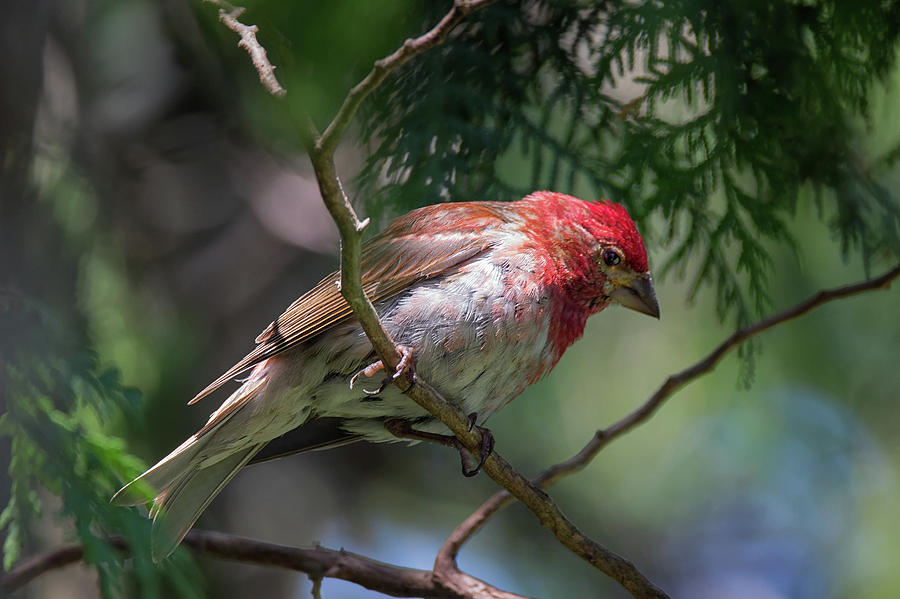
Rosy-finches practice "vertical migration," moving to nearby lower elevations with better supplies of food during the winter. Most Fringillidae are adapted to cold weather and only migrate when seed crops on their breeding grounds become scarce. The non-forest niche is filled by goldfinches (birds of weedy fields and desert), the House Finch (a desert species that has become adapted to urban environments) and the rosy-finches of alpine snow fields and tundra. Male finches are more brightly colored than females, the yellow and black plumage of male goldfinches being especially striking.įringillidae in North America occupy forest and non-forest habitats, coniferous forests being favored by most species while native Hawaiian forests are necessary for the survival of the Hawaiian Honeycreepers. North American Fringillidae are generally plumaged in shades of red, yellow, brown and dull green - these colors being more vivid in the case of the Hawaiian Honeycreepers. Although some Hawaiian Honeycreepers share this general structure, others evolved a variety of bill shapes related to the habitat niches they occupy. Most species also have slightly forked tails and long wings, both useful for the large amount of flying needed to find seeding plants. Finches such as White-winged Crossbills are also known for their "irruptive" migrations in search of food sources that can make them locally common one winter and absent the next.įringillidae are primarily small birds with stout, short bills adapted to cracking open seeds and have short legs for a mostly arboreal lifestyle.

These include familiar feeder visitors such as goldfinches and siskins, the nomadic rosy-finches of the high mountains, and a group with several extinct species the Hawaiian Honeycreepers.įringillidae are known for their seed-eating behavior and cheery songs characteristics that facilitated and popularized the domestication of the Island Canary. The Fringillidae (pronounced frin-JIHL-lih-dee) is a widespread bird family found on most continents and includes two hundred and seven species of finches in thirty-nine genera.Įighty-nine species of fringillidae in twenty-nine genera have occurred in North America and Hawaii.

Fringilline and Cardueline Finches and Allies (Fringillidae)Īlso known as perching birds, the order PASSERIFORMES (pronounced pas-ser-i-FOR-meez) is composed of one hundred and eighteen families of birds, among which are included the insectivorous warblers and the seed-eating finches.


 0 kommentar(er)
0 kommentar(er)
